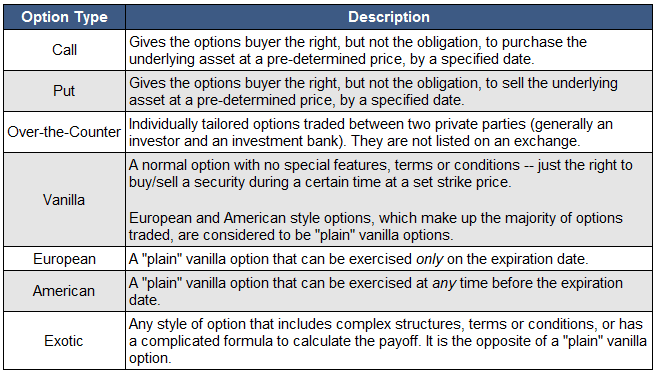
If XYZ did fall below $70, the short stock trade alone would be more profitable. You would want to employ this strategy only if you thought the price of XYZ wouldn't fall below $70 by the April expiration. The profit is capped at $4,000 for all prices below 70, i.e.: $2 x 1,000 + $2 x 10 x 100.Here's an example of a covered put trade. This strategy typically makes sense when you have a neutral to slightly bearish sentiment.Īs with covered calls, you can sell covered puts either when you establish the position (called a "sell/write"), or once the short equity position has already begun to move in your favor. Whereas writing a covered call involves selling someone else the right to buy a stock you own, selling covered puts against a short equity position creates an obligation for you to buy the stock back at the strike price of the put option. Losses will be incurred below $70 down to zero.Ĭovered puts work essentially the same way as covered calls, except that you're writing an option against a short position, meaning a stock you've borrowed and then sold on the open market.The profit is capped at $5,000 for all prices above $75.If XYZ did increase above $77, it would have been more profitable not to have written the covered call.Īs you can see in the profit and loss chart below: In that sense, this trade would make sense only if you thought it unlikely the price of XYZ would exceed $77 by the April expiration (representing the sum of your $72 purchase price and your max profit of $5,000). For this trade, that would mean a maximum profit of $5,000, representing the sum of your capital gain from the stock appreciating up to the $75 strike price and your premium from the covered call (that is: $3 x 1,000 shares of stock + $2 x 10 options contracts x 100 options multiplier).
:max_bytes(150000):strip_icc()/YaNSa-5c0d6a5546e0fb0001af1053.png)
The trade-off is that you would effectively cap your potential profit if the share price rose significantly above the strike price. Another way to think of it is that even if the stock price dropped to zero, you would still have $2,000 from the 10 covered calls you sold (that is: $2 x 10 covered calls x the option multiplier of 100). The two points provided by the covered call create some immediate downside protection because you wouldn't experience a loss on the position unless the stock you bought for $72 a share dropped below $70.



 0 kommentar(er)
0 kommentar(er)
